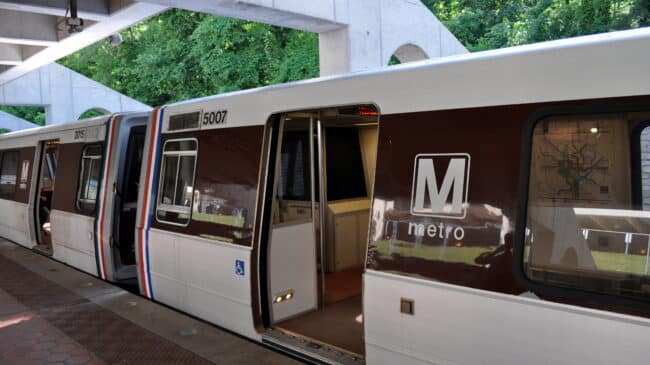Introduction
This report is the second of three from a research initiative addressing the role of urban travel currently and going forward in meeting urban mobility needs and in efforts to reduce the impacts of transportation on climate change.
The first report, “Transportation’s Role in Climate Change,” established the context by focusing on the contributions of different types of transportation on greenhouse gas (GHG) emissions.
This report, “Public Transit and Climate Change,” focuses more specifically on the influence of public transportation.
The final report in the series, “The Path Forward: Urban Mobility in a Climate Change Sensitive Post-COVID World,” explores the challenges and opportunities for urban travel going forward as demographic, economic, technological, and cultural/political conditions evolve.
There are two dominant goals for public transportation.
First, it serves to provide mobility for individuals who are unable to secure or do not choose alternative means of travel. The provision of public transportation is intended to enable economic and social opportunities for individuals who otherwise might be severely impeded.
The motivation is that this is both humane treatment and provides economic participation in society by facilitating self-sufficiency and potential for constructive contributions to society.
The second fundamental goal is to capture the economies of scale of “mass” transportation. The use of large vehicles accommodating group travel can provide resource efficiencies, including savings in energy use, space use, and physical infrastructure, resulting in reduced resource use and reduced transportation impacts, including GHG reduction goals.
This report explores that issue and, by documenting current conditions, provides guidance for the path forward addressed in the subsequent report.
Many media and literary references to public transportation are prefaced with words like “sustainable,” “green,” “environmentally friendly,” “energy efficient,” or other adjectives indicating to the reader that public transportation is a more environmentally benign means of travel. In prior decades, this translated into reduced energy use and reduced emissions contributing to ozone and smog.
More recently, sensitivity centers on the production of GHG emissions that contribute to climate change. Support for public transportation among the public and policymakers is influenced by this perception of transit being a more environmentally sustainable travel mode, and it is among the virtues cited as public subsidies are solicited.
This report looks more closely at that perception, exploring historical, current, and anticipated future conditions that influence GHG emissions as they are, in turn, influenced by public transportation.
Figure 1 characterizes ways to evaluate the energy intensiveness of various means of travel. For this graphic, energy intensiveness is a surrogate measure of GHG emissions. There are a multitude of ways to measure and define the energy consequences of various means of travel. Understanding the interrelationships between the mode and energy use, as well as data availability, are prerequisites to using each possible measure.
This report focuses primarily on operating energy intensiveness and transportation energy impacts as affected by public transportation’s influence on land use.

Full Policy Brief: Transportation and Climate Change: Public Transit
